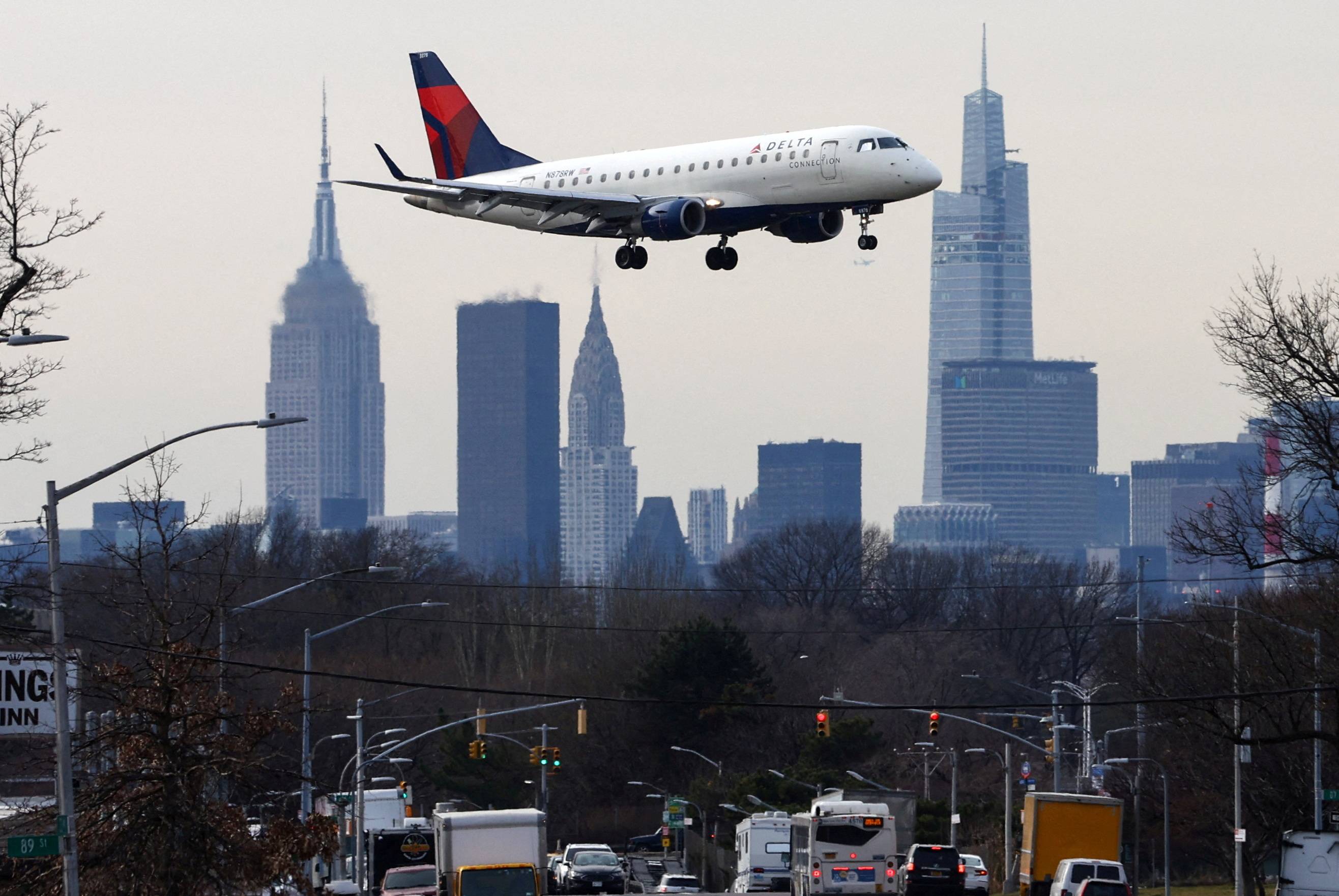It might seem as if getting back to the days of cheap or reasonably priced flights — beyond, say, a serendipitous airline pricing blunder — is a thing of the past. But recently, aviation insiders have shown optimism that relief is on the way, with predictions that fares will soften as pent-up demand lets up and airlines continue to expand capacity and improve staffing.
Prices have already fallen 12% since hitting a peak in May 2022, says Scott Keyes, chief executive officer of the airfare deals subscription service Going, formerly known as Scott’s Cheap Flights, noting that the spike last spring was caused in part by the convergence of overwhelming "revenge travel” demand and an acute pilot shortage. The April 20 state of the industry report by trade association Airlines for America shows that airfares dropped 8.7% in the first quarter of 2023 from the 2019 first quarter. "For airfare the rest of the year, it’s going to be largely lower than it was last spring and summer,” says Keyes.
If flight cost is a reflection of supply and demand, pressure is easing up on both sides of the equation — at least for international flights out of the U.S. For instance, United Airlines cited lower-than-expected leisure demand for January and February 2023. (Business travel has remained below pre-pandemic levels.) More dramatically, Alaska Air reported a loss of $142 million for the first quarter of 2023, citing lower leisure demand and surging costs. That may be the beginning of a trend for those early months in the year, says Brian Sumers, aviation analyst and founder of the Airline Observer newsletter.



